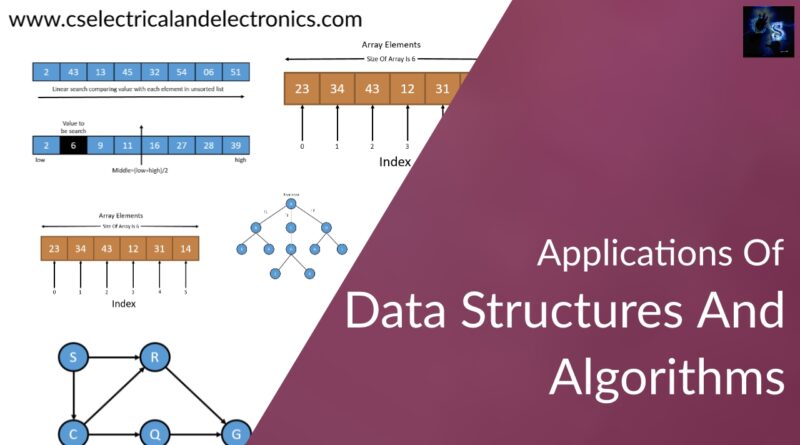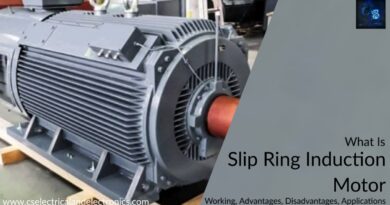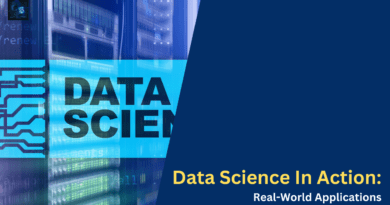Applications Of Data Structures And Algorithms In The Real World
Hello guys, welcome back to my blog. In this article, I will discuss the applications of data structures and algorithms in the real world, here in this article I will share some applications of arrays, stack, linked lists, etc.
If you have any doubts related to electrical, electronics, and computer science, then ask questions. You can also catch me @ Instagram – Chetan Shidling.
Also, read:
- Top 10+ Features Of Java Programming Language You Must Know
- 100+ C Programming Projects With Source Code, Coding Projects Ideas
- What Is Linux, Applications Of Linux, Why To Learn Linux
Applications Of Data Structures And Algorithms
Firstly let me give a short definition of, what is Data Structure? A data structure is a way in which data is stored in a computer so that it can be used efficiently. Here I will discuss,
- Applications of arrays
- Applications of stack
- Applications of singly linked list
- Applications of doubly linked list
- Applications of circular linked list
- Applications of graphs
- Applications of queues
- Applications of trees
- Applications of hash table
- Applications of matrix
Arrays
The array is a collection of similar types of data items stored in a contiguous memory location.
Applications Of Arrays:
- The contact application in our phone which we use in our daily life has a lot of contacts. These contacts are stored in the form of an array. When we add or delete a contact it is similar to inserting/deleting an array.
- Similarly, songs playlist in our music player.
- 2-Dimensional Arrays also called Matrix, are used in the processing of an image.
- These are also used in the Online ticket booking system – if a user wants to book a seat in A-9, the array becomes seat[A][9] or seat [1][9].
Stack
A stack is defined as a linear list in which insertions and deletions take place at the same end based on the Last-In-First-Out (LIFO) strategy. This end is called the top of the stack and the other end is called the bottom of the stack.
Applications Of Stack:
- Stacks are useful for solving many problems in computer science. One of the most important is to store the return address in a function call-return structure of a compiler.
- To check for left and right parenthesis match in an expression.
- To evaluate a postfix expression.
- To convert an infix expression to postfix or suffix expression.
Singly Linked List
Collection of elements called nodes that are stored haphazardly in the memory. Node has two parts, one which stores data at a specific address, and the other is a pointer that contains the address of the next node. The last node contains the pointer to NULL.
Applications Of Singly Linked List:
- UNDO, REDO or DELETE operations.
- Viewing photos continuously one after the other in a Photo Viewer.
- Skip to the next track option in a music player.
Doubly Linked List
It is a type of linked list in which a node contains a pointer to the previous and the next node in a sequence.
Applications Of Doubly Linked List:
- It is usually used in card games to represent the deck of cards.
- Undo and Redo functions in notepad or some other applications.
- Implementing backward and forward navigation in the web browsers.
- To play the next track or the previous track on a music player.
Circular Linked List
In this type of linked list, the last node of the list has a pointer to the first node of the list.
Applications Of Circular Linked List:
- It is used in role-based multiplayer games.
- Various mobile games like snake game in which the head of the snake is head of the list and snake’s tail are tail of the list.
- In an operating system, all the running applications are kept in a circular linked list.
Graphs
A graph in which every edge is directed is called a digraph. A graph in which every edge is undirected is called an undirected graph or simply a graph.
Applications Of Graph:
- The shortest path between two points can be found using graphs.
- Used in various e-commerce websites for user preferences.
- Used by Network-based platforms for interconnections.
- Resource management in an organization.
Queues
A queue is a linear list in which additions and deletions take place at two different ends. Insertions take place at the rear end and deletions take place in the front end.
Applications Of Queues:
- Priority queues are used in browsers while downloading multiple files.
- Used in call centers where calls of people are put on hold while the person is in another call.
- Used by printer software.
- CPU for task scheduling.
Trees
Trees are hierarchical structures that have a single root node.
Applications Of Trees:
- Implementation of navigation in websites or applications.
- In various games which come across decision-making steps.
- In many computer applications and mobile apps like a file explorer, etc…
- Trees structures are also used in Domain Name Server (DNS).
Hash Table
Hash Tables only store data that has a key associated with it. Operations like Inserting and Searching are easily manageable while using Hash Tables.
Applications Of Hash Table:
- In web browsers like google chrome, opera, and others, we get desired output based on the principle of Hashing.
- In our computers we have various files stored in it, each file has a filename and file path, for building a connection between the filename to its corresponding file path hash tables are used.
Matrix
Matrix is an ordered collection of elements in rows and columns. It is necessary to enclose the elements of a matrix within the square brackets.
Applications Of Matrix:
- It is used for plotting graphs, statistics, and in scientific studies and research fields.
- Matrices are also used in the representation of data like the population of people, mortality rate, etc.
This was about ” Applications Of Data Structures And Algorithms “. I hope this article ” Applications Of Data Structures And Algorithms ” may help you all a lot. Thank you for reading.
Also, read:
- 100+ C Programming Projects With Source Code, Coding Projects Ideas
- 1000+ Interview Questions On Java, Java Interview Questions, Freshers
- App Developers, Skills, Job Profiles, Scope, Companies, Salary
- Applications Of Artificial Intelligence (AI) In Renewable Energy
- Applications Of Artificial Intelligence, AI Applications, What Is AI
- Applications Of Data Structures And Algorithms In The Real World
- Array Operations In Data Structure And Algorithms Using C Programming
- Artificial Intelligence Scope, Companies, Salary, Roles, Jobs
Author Profile
- Chetu
- Interest's ~ Engineering | Entrepreneurship | Politics | History | Travelling | Content Writing | Technology | Cooking
Latest entries
 All PostsApril 19, 2024What Is Vector CANoe Tool, Why It Is Used In The Automotive Industry
All PostsApril 19, 2024What Is Vector CANoe Tool, Why It Is Used In The Automotive Industry All PostsApril 13, 2024What Is TCM, Transmission Control Module, Working, Purpose,
All PostsApril 13, 2024What Is TCM, Transmission Control Module, Working, Purpose, All PostsApril 12, 2024Top 100 HiL hardware in loop Interview Questions With Answers For Engineers
All PostsApril 12, 2024Top 100 HiL hardware in loop Interview Questions With Answers For Engineers All PostsMarch 22, 2024Driver Monitoring Systems In Vehicles, Working, Driver Sleepy Alert
All PostsMarch 22, 2024Driver Monitoring Systems In Vehicles, Working, Driver Sleepy Alert








